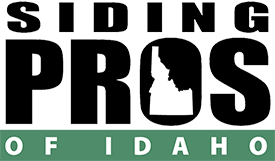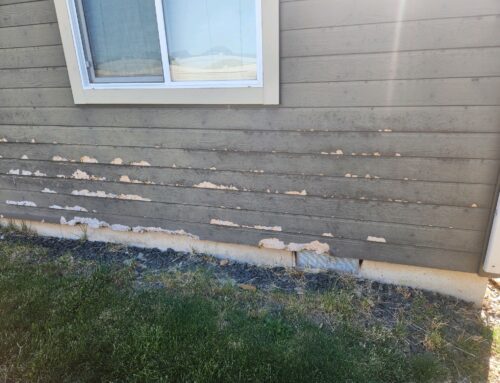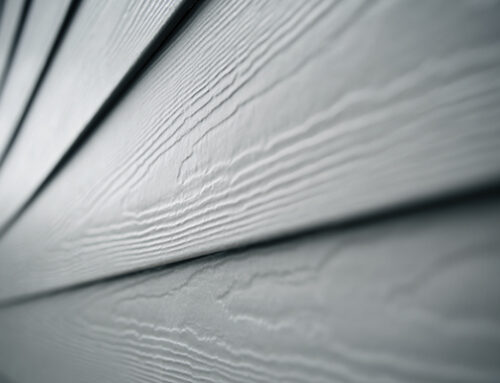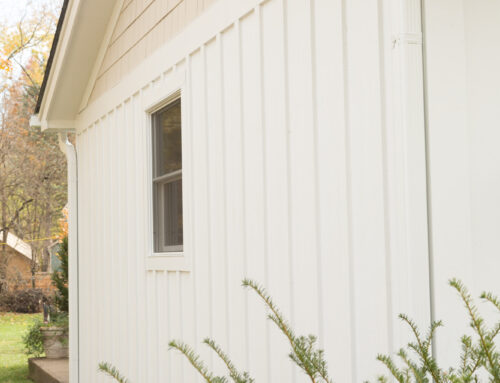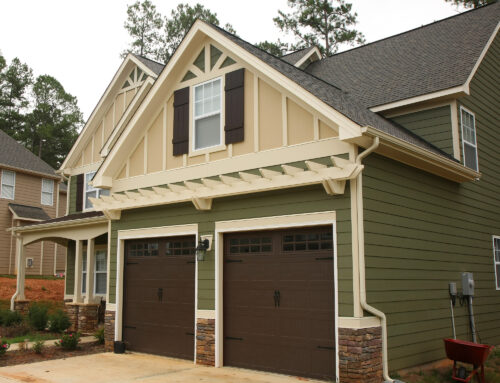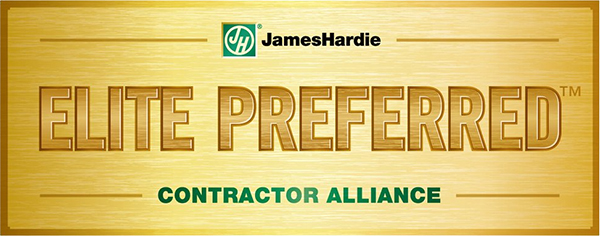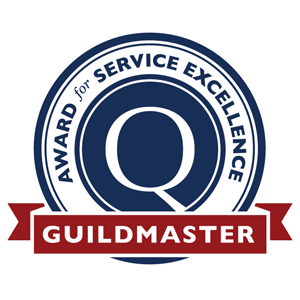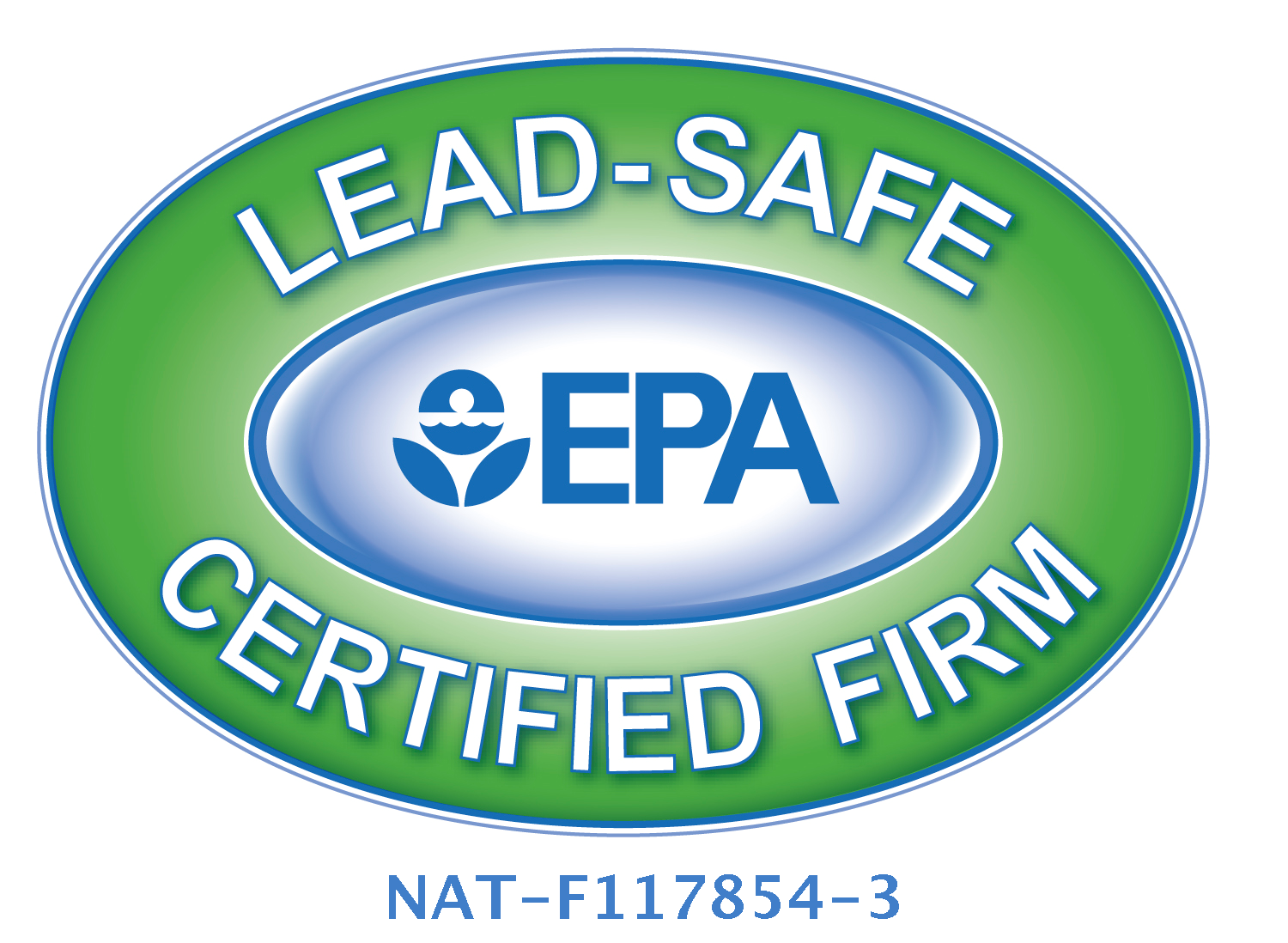Fiber cement is made up of a few simple ingredients: Portland cement, sand, water, and cellulose fibers. The composition may vary depending on the manufacturer. James Hardie’s formulation includes proprietary additives that enhance the product’s performance.
Compared to other siding materials, fiber cement siding is a cost-effective option. Generally, it costs less than brick, synthetic stucco, and some wood siding options. It’s typically equally or less expensive than hardboard or composite siding, and more expensive than vinyl.
Fiber cement siding has many performance advantages over traditional siding materials like wood and vinyl. James Hardie fiber cement siding is non-combustible, can withstand damage from moisture and rot, and is engineered to stand up to the demands of the sometimes harsh Treasure Valley climate. It is also unappealing to woodpeckers, termites, and other pests.
Fiber cement siding is a low-maintenance exterior option for your home. It resists fading, chipping, and cracking, which means less maintenance for you. If you need to clean your James Hardie siding, click here for a fiber cement siding maintenance guide.
James Hardie offers a variety of textures such as woodgrain, smooth, and stucco finishes. James Hardie’s siding profiles include HardiePlank® lap siding, HardiePanel® vertical siding, and HardieShingle® siding. They also offer a variety of HardieTrim® boards and HardieSoffit® panels to complete your home’s exterior.
If you want to evaluate the product yourself, you can stop into our Meridian showroom to see samples, what to get an idea of what each siding type looks like on the walls.
